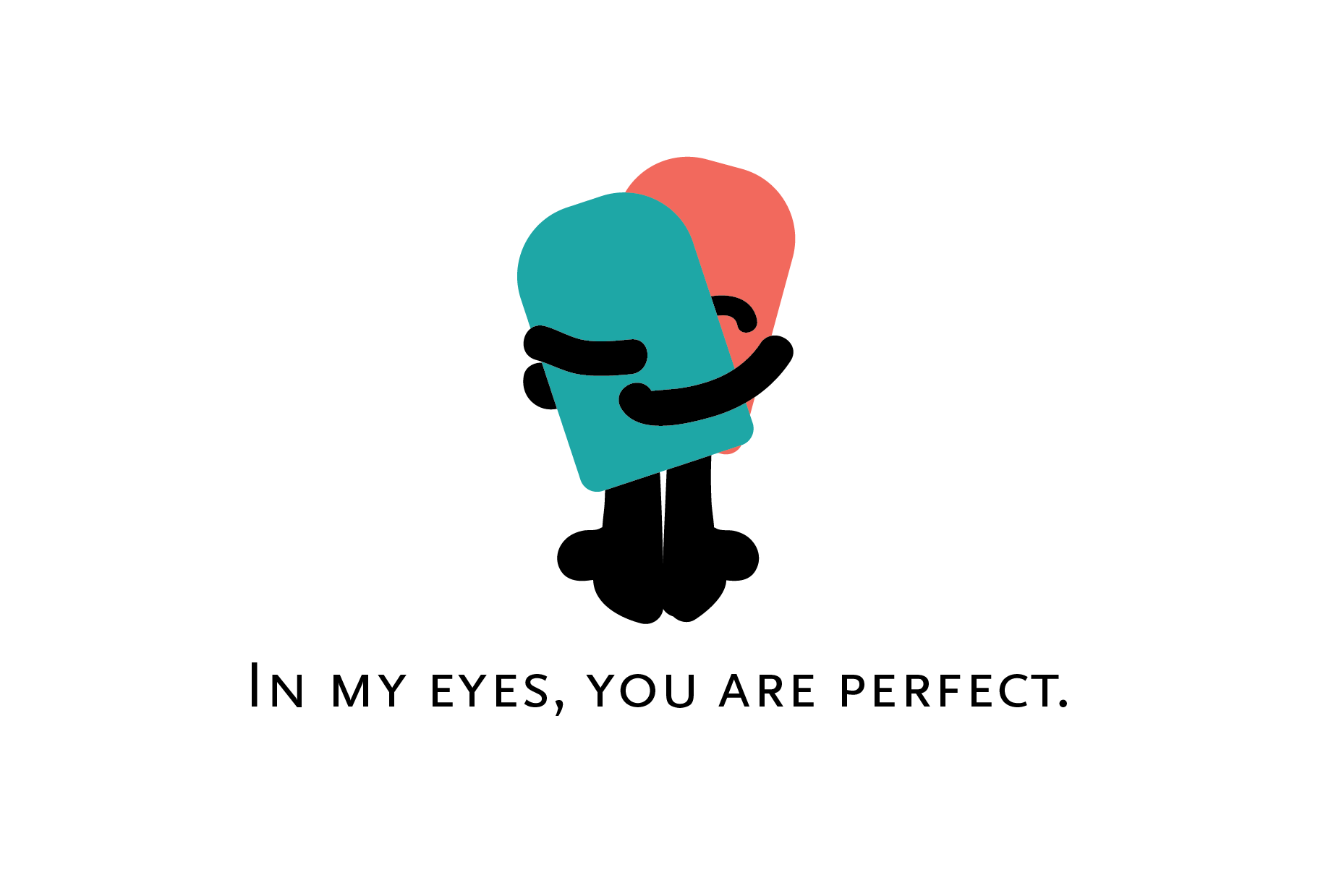Questions and Answers

Below are real questions from people with Androgen Insensitivity Syndrome, answered by me, another person with AIS.
Why don’t I have ovaries?
We all know that AIS is the “result of mutations in the X-linked androgen receptor gene” (source), but what about all of your other genes, and how do they affect your body?
There’s a gene on the Y chromosome called SRY (source), which is responsible for the development of testes and the production of the anti-mullerian hormone (source), which stops the development of ovaries. When the SRY gene is not present, when there is no Y chromosome, the ovaries are able to be formed with the additional help of genes WNT4, RSPO1 and FOXL2 (source).
Why do I have testes?
Because you have XY chromosomes.
There’s a gene on the Y chromosome called SRY (source), which is responsible for the development of testes. In utero, this gene will activate and around the fifth week of development will start to develop into testes (source).
These testes will go on to produce androgens like testosterone, which our bodies will completely or partially ignore, thanks to the mutation on our X chromosome.
I have breasts and a vagina; how do I have XY chromosomes?
It all has to do do with testosterone and estrogen.
When you have XY chromosomes, your body makes a pair of testes which produce androgens like testosterone. Testosterone would typically make a phallus (penis) and a scrotum, but our AIS bodies don’t understand testosterone.
Our bodies do understand estrogen, though. Testosterone naturally aromatases into estrogen. This means a bit of testosterone is converted into estrogen. Estrogen, then goes off and forms the clitoris, vulva, and the lower vaginal canal. During puberty, the estrogen forms breasts and curves.
Even though we with androgen insensitivity syndrome have XY chromosomes, it’s our body’s lack of understand of androgens like testosterone that pave the way for hormones like estrogen to take over and make our bodies phenotypically (observably) female.
I’m ready to have sex, but I’m worried about about vaginal length.
You and everyone else with AIS. In one study of psychological healthy, the authors felt the need to mention that the participants were “focused on issues of their vaginas functioning” (source).
The following are some tips to make sure you have the best experience possible:
Communicate
Over communicate with your partner.
Express to your partner your concerns.
If you’re uncomfortable having this conversation with your partner, then maybe wait on the sex.
Be Patient
You need to be relaxed.
You should be in the mood.
Rome wasn’t built in a day, and there’s no time limit on sex either. Take the time you need for you and your body to be comfortable.
Be Kind to Yourself
Don’t put so much pressure on yourself to perform.
Sex is what you define it is between two consenting adults. If you need a break, or if you’re not able to go as deep as you’d like, that’s ok. It is truly ok.
No matter the outcome, you will continue to be exactly as extraordinary as you were before having sex, even if you discover new physical limits.
What is in the space where my uterus should be?
I have a gut feeling… it’s your guts!
If you choose to not have a gonadectomy, and choose to receive bi-annual MRIs to monitor your gonad health, you will actually get to see what your insides look like when you receive your MRIs.
That space where the uterus would go is called the “douglas pouch” (source). This pouch can fill up with fluid which means it may show up on a MRI, so look for it.
Am I normal?
You are perfectly normal for someone who does not have an AR receptor.
Try not to compare yourself to people that have reproductive parts; I know it’s hard. You are who you are, and that is a perfectly wonderful person with androgen insensitivity syndrome. You are most likely typical for your syndrome, and you are certainly not alone.
You have Questions?
I have Answers!
Ask your questions below, and check back frequently to see your questions answered above.





